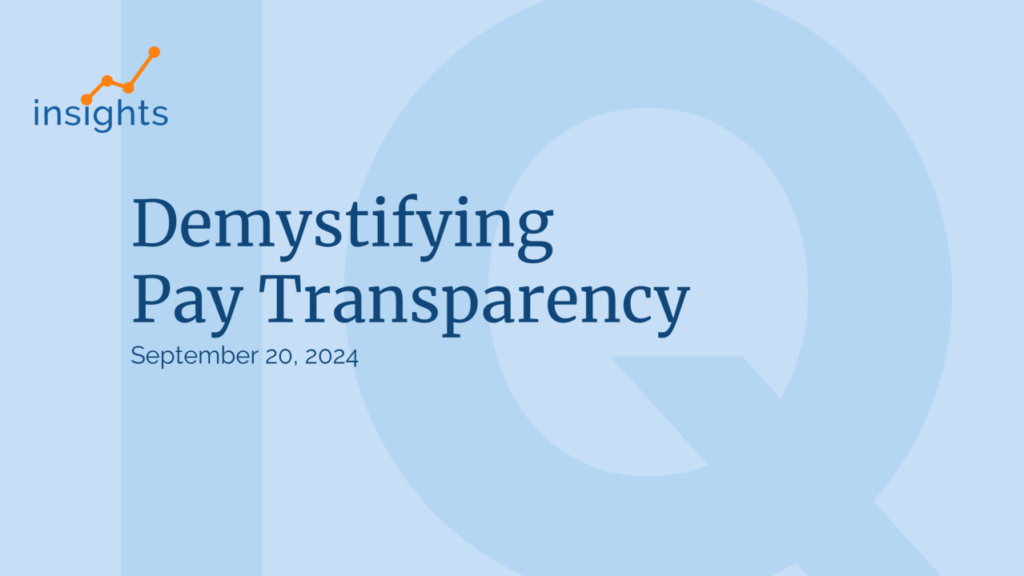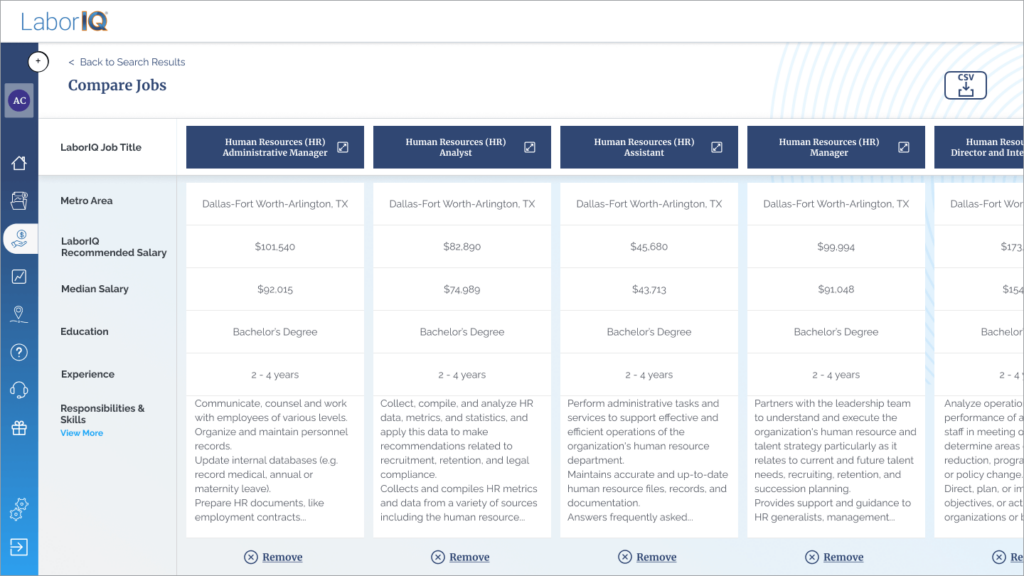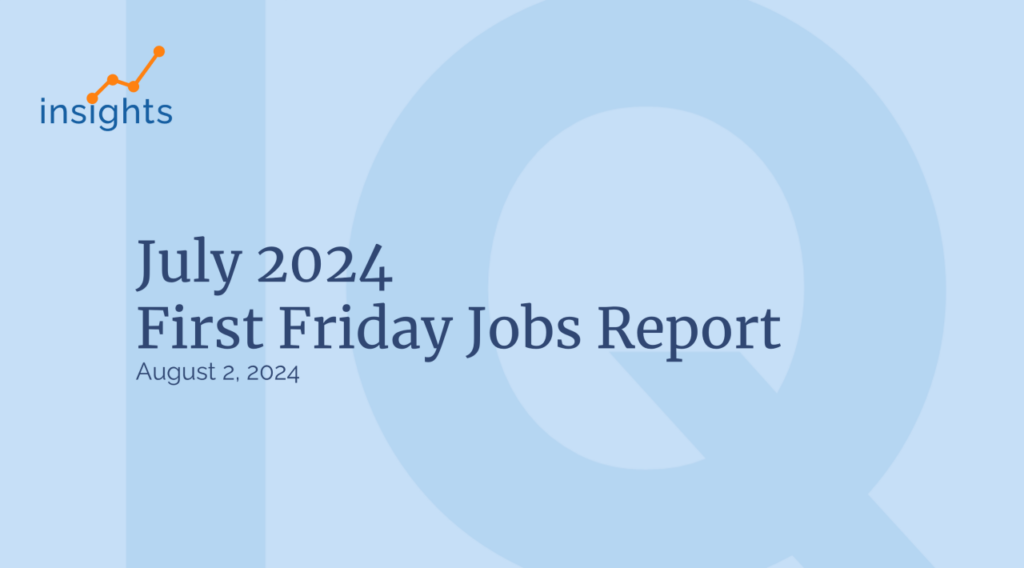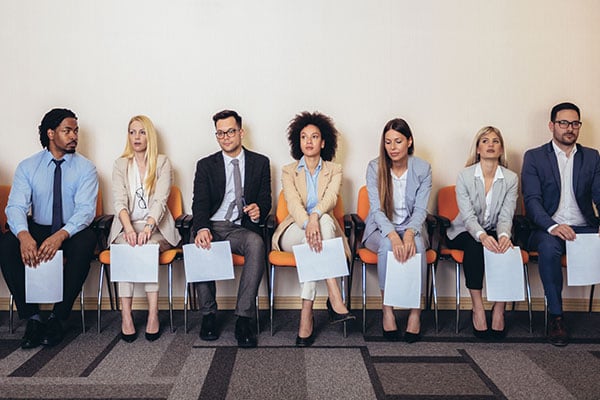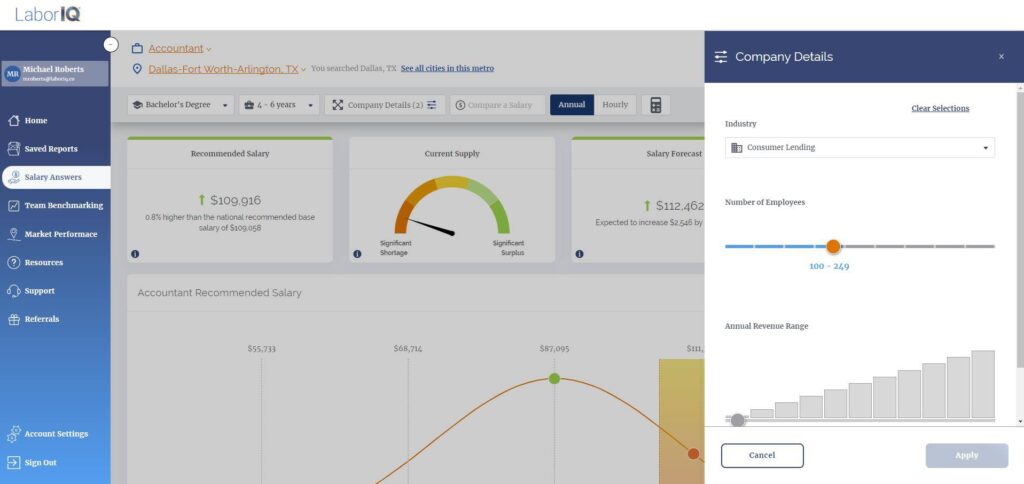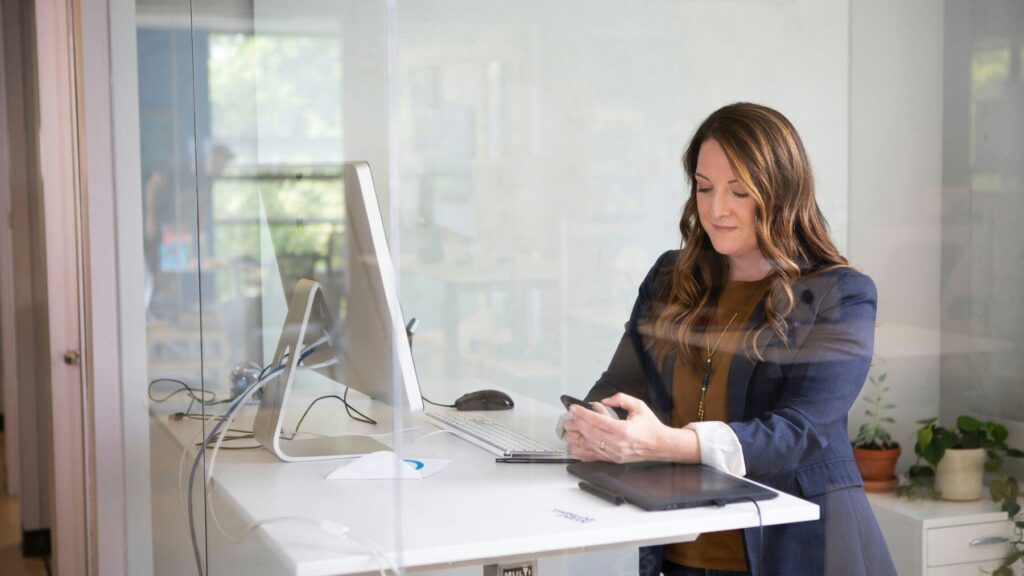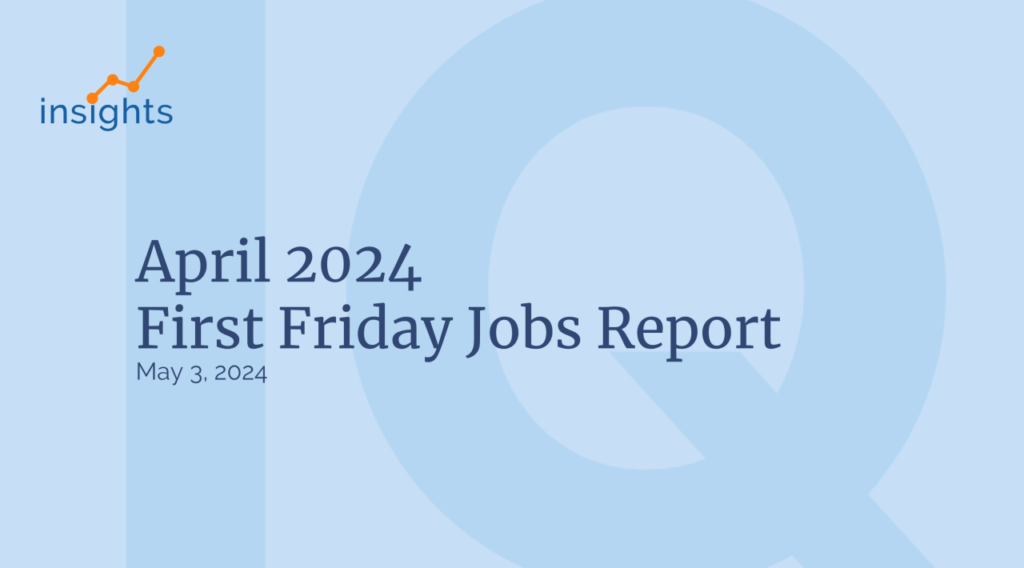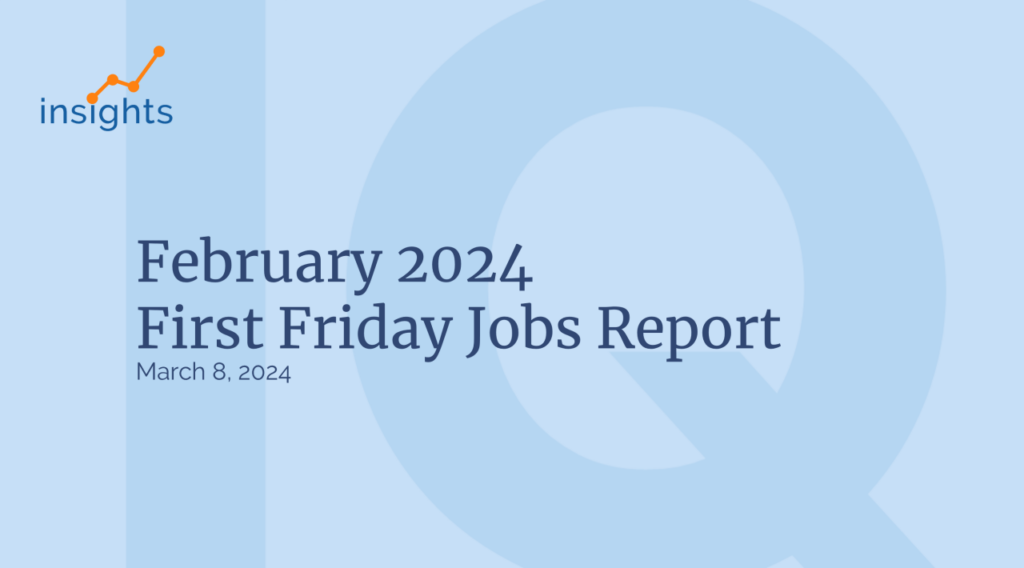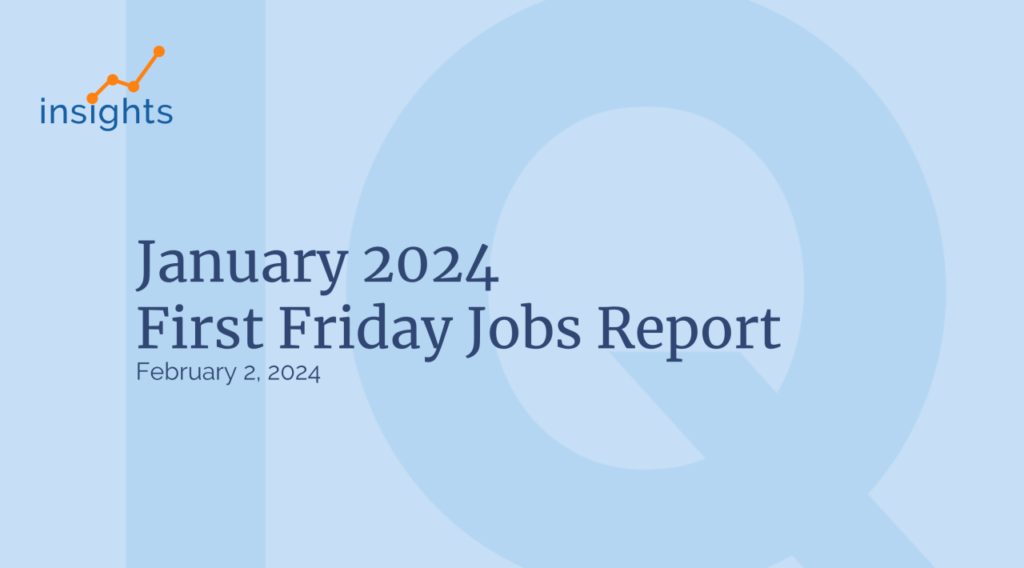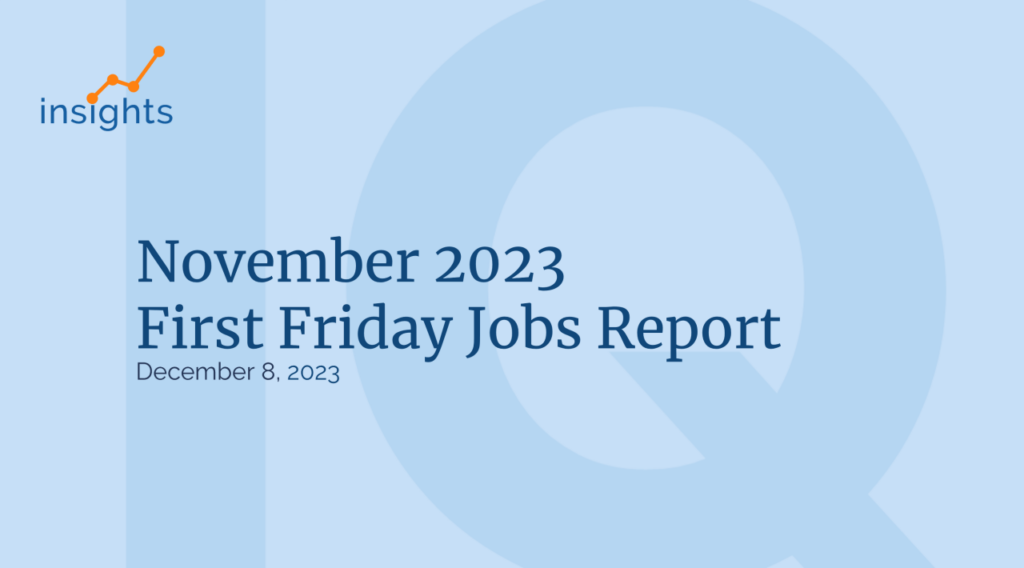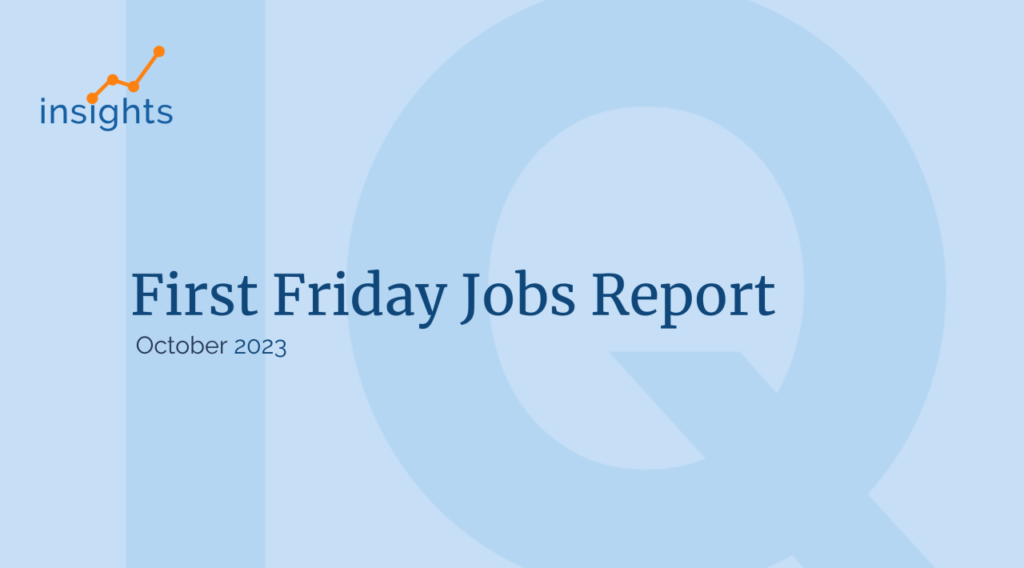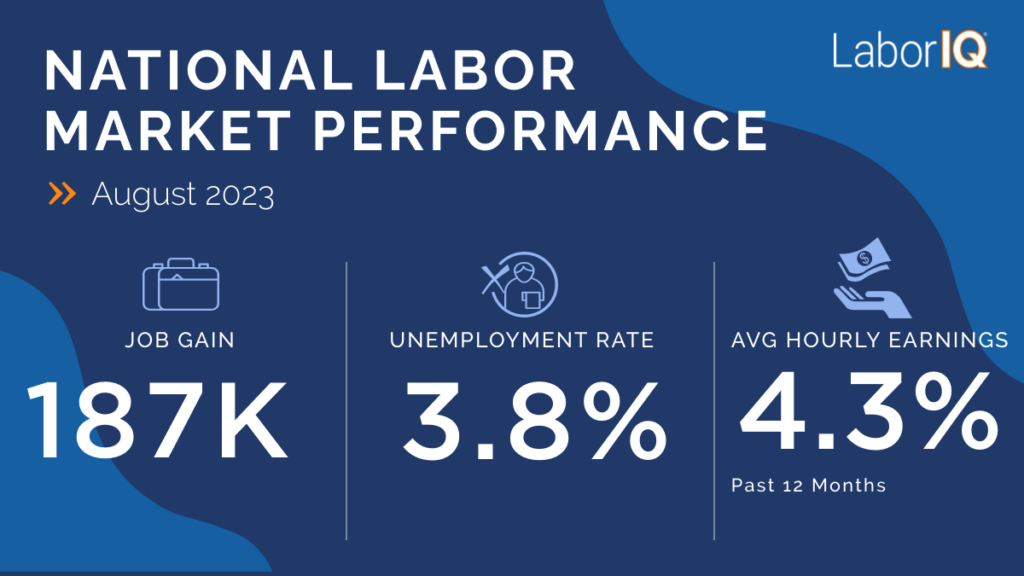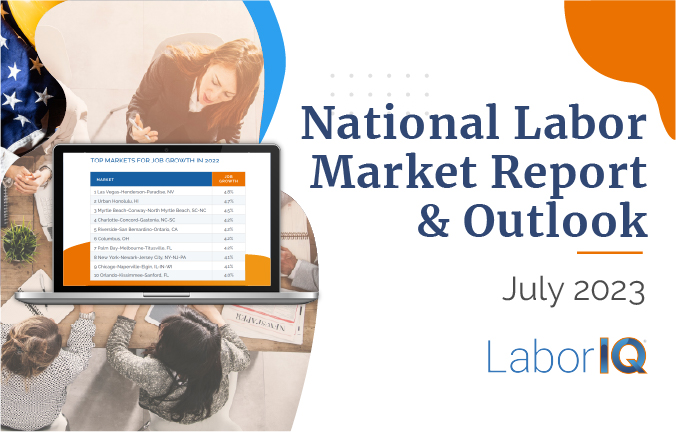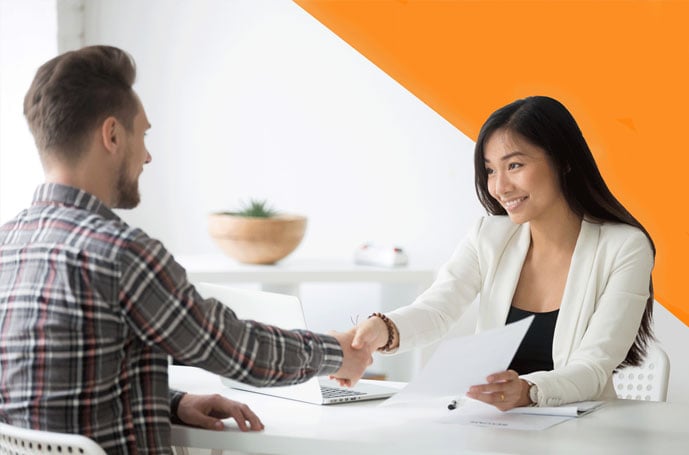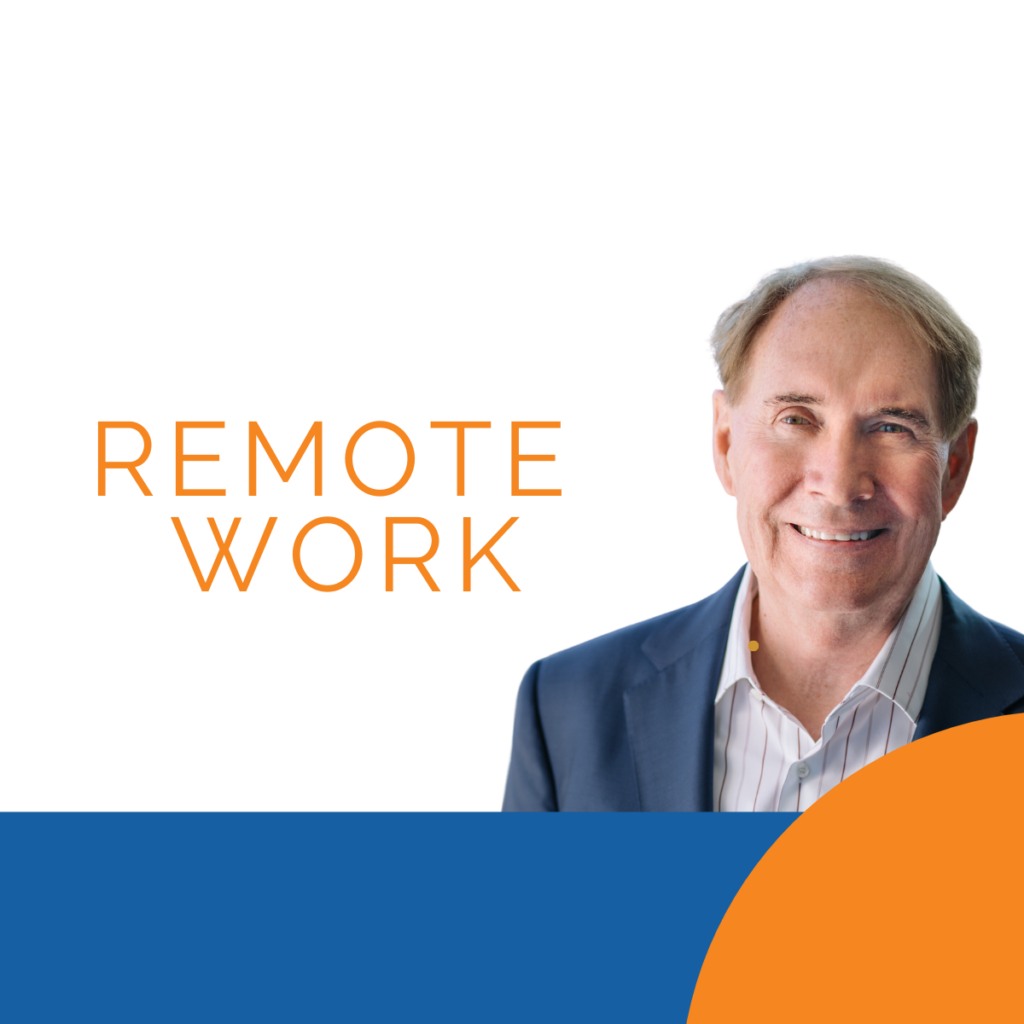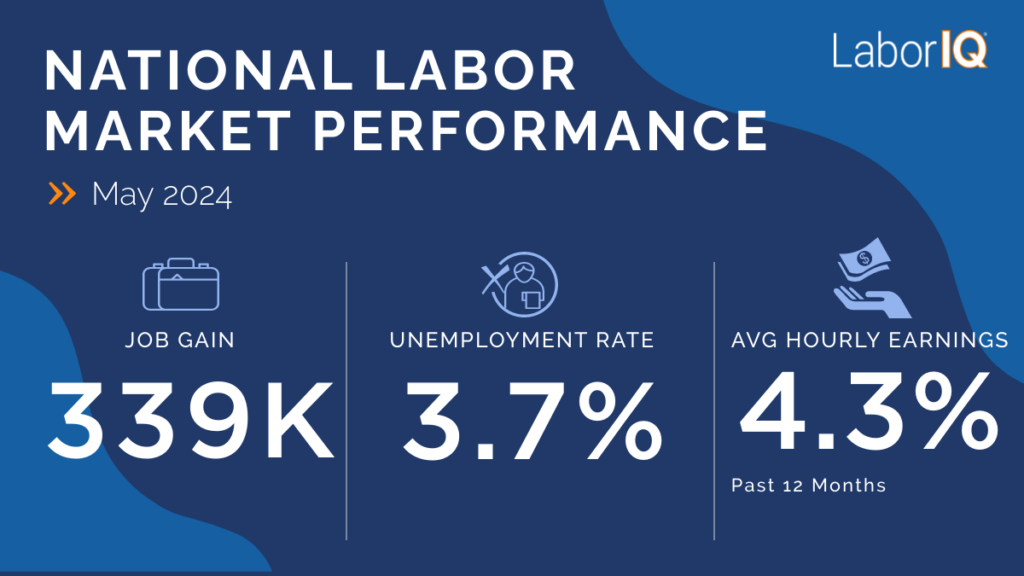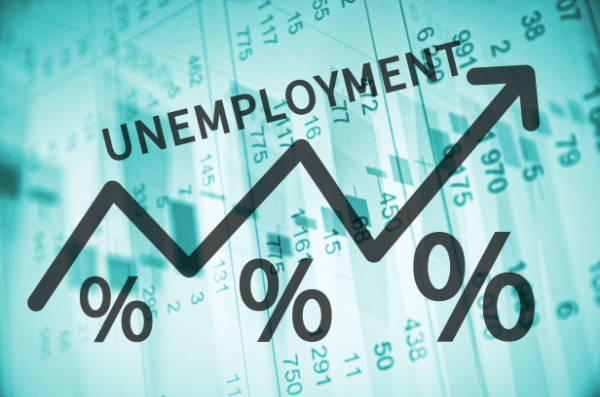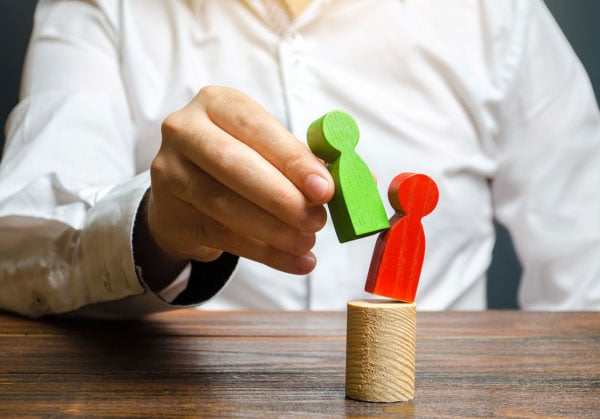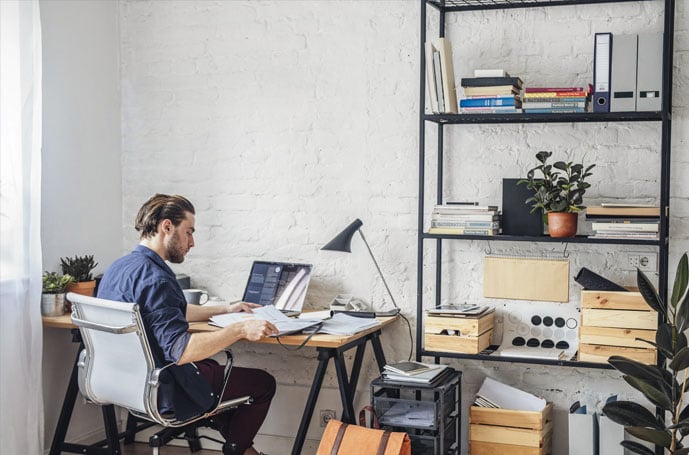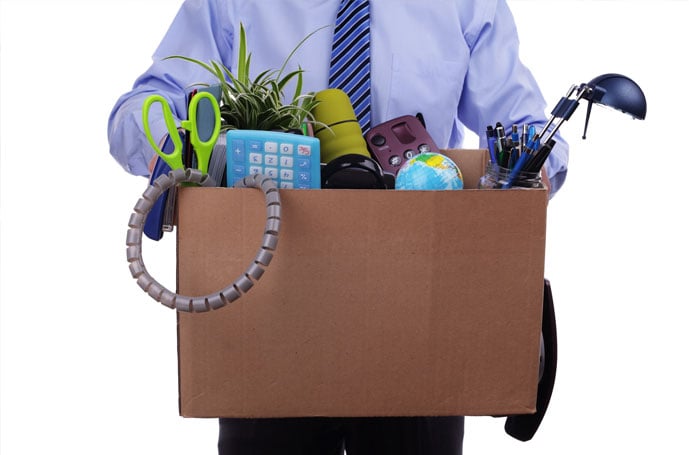The job market’s been broken into pieces and put together again more than once over the last few years.
Thanks to the pandemic, businesses and hiring managers have had to compromise, find new solutions and adopt entirely new ways of hiring and managing staff.

Fast forward to 2022, and the job market is still volatile and plagued with talent shortages, resulting in many industries struggling to hire the talent they so desperately need.
In short, change remains afoot, so employers and hiring managers must evolve with 2022’s hiring trends.
Let’s dive straight in…
Will Future Covid-19 Surges Lead to More Disruption?
While the world is slowly on the mend, global unemployment for 2022 is estimated at 207 million, which is worse than initially predicted. This is partly due to the impact of new COVID variants Delta and Omicron.
So, to answer the question in the subhead: we’re still experiencing coronavirus-related disruptions. That said, going forward, jobs with high physical proximity to others are the most likely to be disrupted. For example, McKinsey predicts the following industries to be the most at risk: medical and personal care, on-site customer interactions, leisure, and travel.
As a Result…
As a result of these disruptions, many companies have embraced technology and remote working arrangements to provide more flexible working options. Consequently, remote and hybrid working arrangements are now the norm.
In fact, a survey by Flexjobs revealed that 58% of people wanted to work at home permanently after the pandemic. Also, many others desired a hybrid model that split their time between the office and at home.
Not only are these arrangements great for employee satisfaction, but this new norm also benefits businesses. For instance, companies can save up to $11,000 per year for every part-time employee that works remotely. In addition, 77% of remote workers report being more productive, which, needless to say, is great news for the company’s bottom line.
On the customer-facing side, 80% of businesses say that most customer interactions are now handled digitally.
To sum it up, businesses that adopt technological solutions to facilitate remote working and communications are better equipped to manage operations, even if new COVID variants emerge.
The bottom line: planning ahead so that you’re prepared for new waves of COVID-19 is key to minimizing disruption.
The Tight Labor Market Will Persist
In the past, the labor market was able to underpay top talent due to the lack of other available positions. However, the market has changed and is now in favor of job candidates.
This stat speaks volumes: Nearly 73% of businesses struggle to attract employees, so there’s a high demand for skilled workers. Employees know these labor shortages make it difficult for companies to find and retain top talent. Thanks to the increasing number of remote working opportunities, it’s never been easier for skilled employees to find better-paid work elsewhere.
As a result, we expect “the great resignation” to continue, as job openings are predicted to continue outpacing unemployed workers. In fact, nearly half of U.S. executives report a higher turnover rate in the last 6 months. As a result, businesses need to focus on employee retention now, more than ever.
The Correlation Between Wages and Staff Retention
As 21 states raise their minimum wage and living expenses predicted to keep shooting up, salaries are crucial in determiningwhether employees feel valued. In fact, with a 6.8% increase, 2020 to 2021 saw one of the most significant rises in the consumer price index.
After all, rising wages should reflect changes in the economy and make employees feel appreciated. In light of this, the most effective way to retain talent in a nationwide labor shortage is to make across-the-board, market-based salary increases. To accomplish this, it’s vital to have access to accurate insights into compensation trends, retention research, benchmarking surveys, and salary reports.
LaborIQ’s analytics software draws from millions of businesses and payroll data to suggest a recommended salary for specific roles and locations. With this data in-hand, you can confidently make a competitive salary offer that will attract and retain top talent.
The Economy Will Move Toward Recovering Jobs Lost to the Pandemic by Late 2022 or Early 2023
It will still be some time before the labor market returns to ‘normal’. The Internal Labour Organization (ILO) predicts that global employment won’t return to pre-pandemic levels until 2023.
Nonetheless, there’s already been improvement since 2021, even if hours worked globally are expected to remain 2% below the pre-pandemic norm.
At this point, it’s worth noting that businesses who pivot by:
- Aligning themselves with hiring trends
- Appealing to workers with fair compensation
- Offering flexible working arrangements
…stand a good chance of recovering the jobs they lost during the pandemic by late 2022 or early 2023. Therefore, it’s imperative o remain competitive, closely following top market trends, and where necessary, taking action.
Stay Informed About the Evolving Market With LaborIQ
The job market has shifted so that employees have as much to ask of their employers as their employers ask of them. As such, it’s vital for hiring managers to understand the worth of talent and reflect this value in their compensation offers. LaborIQ can help your business understand salary trends in your industry so that you can create data-driven, competitive compensation packages that attract and retain top talent.




